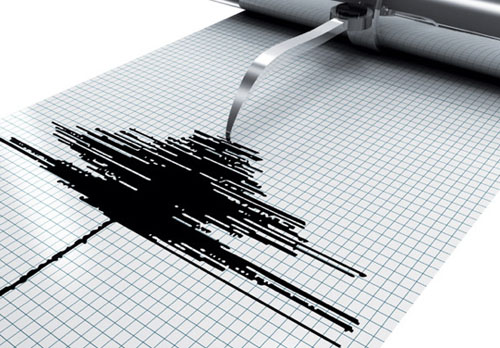5.7 Magnitude Earthquake
On the morning of Wednesday, March 18, an earthquake rocked Salt Lake City in Utah. The earthquake registered at a 5.7 on the Richter scale, the largest in nearly 30 years. As is usually the case, aftershocks followed, themselves sizable at 2.5 to almost 4.0 on the Richter scale. That is the size of the average earthquake that hits Utah annually. Over fifty thousand people lost power and the city restricted travel both to downtown Salt Lake City and the airport. With the current restrictions in place because of the coronavirus, this only added to the concern in the city.
Earthquakes in Utah
The region of Utah is seismically active, with around 700 earthquakes hitting the area every year. Only two percent of them can be noticed, but that much activity always produces outliers. Earthquakes with a magnitude over 3.0 – much more serious, and certainly able to be felt – occur in the double digits. Utah sits on the Wasatch fault line: not as infamous as the California San Andreas fault, but potentially just as dangerous. There have been projections of a magnitude 6.0 earthquake in Utah within the next 50 years, with an estimated probability of fifty-seven percent. In 1992 there was quake at magnitude 5.9, and this one did not quite make it there either, so there could be more coming.
Utah Earthquake Insurance
Despite the risk of living in Utah, earthquake insurance is not standard, and not very popular with Utahns. Only eighteen percent of Utah homeowners have earthquake insurance. Perhaps many assume that it is included with their homeowners’ policy, but it is not. What usually happens is that an earthquake causes a spike in new policies, which do not become active until about 30 days after signing. This is to prevent claims for an ongoing situation – aftershocks are considered part of a single quake for insurance purposes. But once these policies become active, most customers will cancel them due to their cost and the apparent lack of need.
Earthquake insurance is typically expensive because it is very difficult to predict a quake, and there is no way to spread the risk around. The regions that are seismically active are not going to change, and so those who need it are the only ones who are going to pay for it.
Minimizing the Damage Ahead of Time
Undoubtedly, this latest earthquake will see a bump in earthquake policies. The damage has not yet been calculated, but the economic hardships of the coronavirus have probably increased what would have already happened. Hopefully Utahns will take out policies that will protect their property and families and take whatever steps they can to reduce their own risk and potentially their payments as well. Perhaps there is an opportunity for insurers to educate the public and provide more attractive products in the wake of this quake.
Sources:
https://keystoneinsurance.com/utah-earthquake-insurance/
https://insurance.utah.gov/consumer/auto-home/disaster-prep/earthquake
https://www.arrowheadgrp.com/blog/help-homeowners-prepare-for-the-big-one/














